by Emma Parnham
Vacations aren’t the same this year. With many countries keeping their borders closed as COVID-19 cases continue to rise and social distancing remains a priority, people everywhere are forced to rethink their vacation plans. Many are discovering—or rediscovering—the joys of the great outdoors and camping. Kampgrounds of America (KOA) reported that 20 percent of its users are first-time campers.
Camping is proving a popular and cost-effective option: no need to cram into the confines of an airplane cabin surrounded by a cocktail of germs; no need to worry about whether the beach rental was disinfected between families; no need to be concerned about distancing among tables in restaurants and who is or is not properly wearing a mask, or if they are wearing a mask at all.
There’s something about the freedom of the open road, the mountain vistas, the adventure of the path less traveled. Nevertheless, even during a pandemic, camping brings with it its own set of safety guidelines for which everyone, boy or girl scout or not, should be prepared.
Location, location location: Most reservations for campsites in the National Park Service (NPS) are made through Recreation.gov. But with some national parks experiencing record-breaking tourism since re-opening, consider visiting less popular spots. You might even want to get off the beaten path altogether and venture into the wilderness. These areas are overseen by the Bureau of Land Management (BLM), though be aware that BLM campsites are primitive: generally no running water or flush toilets. Assess how popular a particular place is going to be, as well as the amount and type of exposure to other people by using the data available on COVID-19 to see where cases are rising.
COVID-19 protection: Follow the same rules about distancing, the wearing of face coverings, and hand sanitization as if at home, even if camping with people from the same household. Masks are imperative if hiking on trails where coming into contact with other people is a possibility.
Know your physical limits: Some families love to watch birds and take easy hikes around a lake. Other groups may seek adventure whitewater rafting or climbing high mountains. Do what’s right for you! Don’t push group members to hike, climb or explore beyond their physical abilities—that’s when injuries are more likely to occur.
Stay in touch: Whether camping with other people or not, always share plans and routes with someone else. For example, sharing phone locations is a great way for loved ones to check in. Always bring a portable battery but be aware that cell phone signals are notoriously weaker or non-existent farther into nature. This can be tricky if using cell phones for navigation. Trail maps are a great alternative and usually available at ranger stations and trailheads. The Google Maps app has a feature that allows users to download maps to consult offline. GPS units and a compass are also good options.
Avoid getting lost or injured: Ideally, do not hike alone. Groups should stay together and carry whistles. Whistles are great for attracting attention as well as deterring unwanted attention from wildlife such as bears. Stay on marked trails and do not take short cuts. This is as much for personal safety as it is for the preservation of the trail. Always carry a first aid kit. This should include all necessary medical supplies, from bandages to specialized medication for group members. Be prepared! There are helpful outdoors websites such as REI with what should be in a first aid kit. Finally, be sure everyone is physically capable of participating before setting out.
Safety essentials: Safety equipment beyond tents, sleeping bags, sleeping pads, cooking needs, here are some safety essentials:
- Sun and insect protection: Pack sunscreen, a hat, insect repellent, sunglasses and dress in layers.
- Insulation: Always bring extra clothing in case of cold weather conditions and precipitation or wind.
- Shelter: Whether on the trail or at camp, make sure to have an emergency shelter such as a space blanket, bivvy, or tarp.
- Illumination: Carry a flashlight or headlamp.
- Fire: Bring along a fire-starter, such as waterproof matches or a lighter, but be aware of fire regulations in the area.
- Extra food and water: Always carry more water than you think you’ll need. A filter system is handy to have to pump water from natural sources.
- Repair kits and tools: Knives, multi-tools, rope and duct tape come in handy for many things.
- Wear the right footwear: Choose appropriate footwear for the trail to prevent ankle injuries and blisters.
Respect wildlife: As exciting as it can be to see wildlife in its natural habitat, animals are territorial and known to attack when feeling threatened.
- Do not feed wildlife under any circumstances. Feeding wildlife creates an expectation they can receive food from people in the future. This can make them persistent and sometimes violent and may attract wildlife to campsites. At this point, bears are often euthanized.
- Avoid contact with wildlife. While it is certainly tempting to approach wildlife, this can be very dangerous. Keep safe viewing distances. Remember that animals can run fast and bears can swim and climb trees!
- Avoid attracting wildlife to campsites with the following methods:
- Keep food secured in airtight containers. Generally, food can be stored in a car, but certain campgrounds may require the use of food storage lockers or bear bags and tree hoists.
- Pack it out. Collect any food packaging and scraps in a waste bag and dispose of it in the campground’s receptacle before leaving the camp or turning in for the night.
- Do not take food or toiletries inside your tent. While it’s tempting to have that midnight snack or lip balm on hand, it will attract wildlife and no one wants a bear in their tent!
Watch the flames: Fire hazards abound when it comes to using open flames in the outdoors. If a campsite allows campfires, make sure to read up on fire safety beforehand. Never leave campfires unattended, always keep water nearby to put it out, and make sure it’s completely extinguished before going to sleep.
Whether camping locally, in a campsite or in the backcountry wilderness, planning and preparation are key to ensuring a safe and enjoyable adventure.


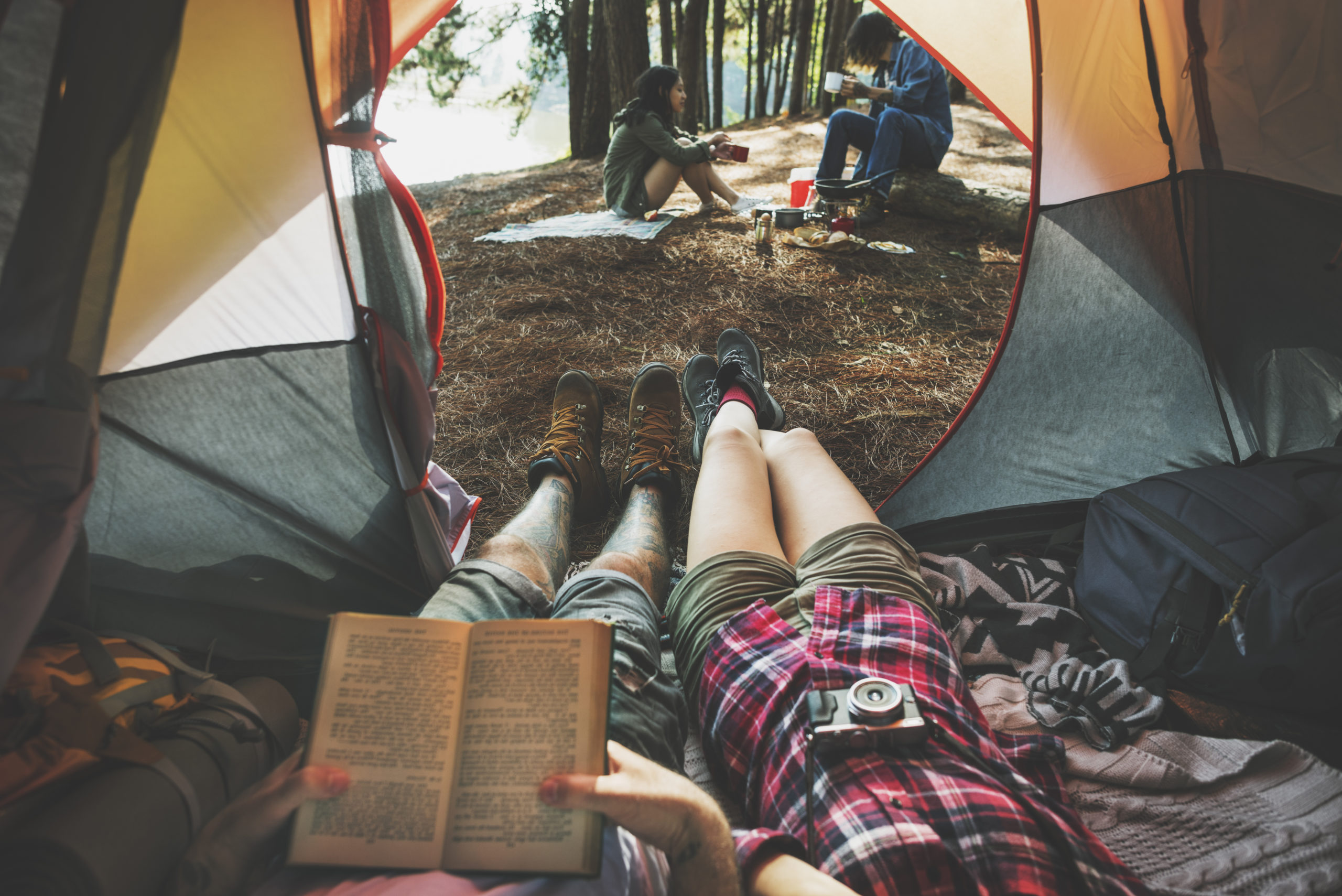
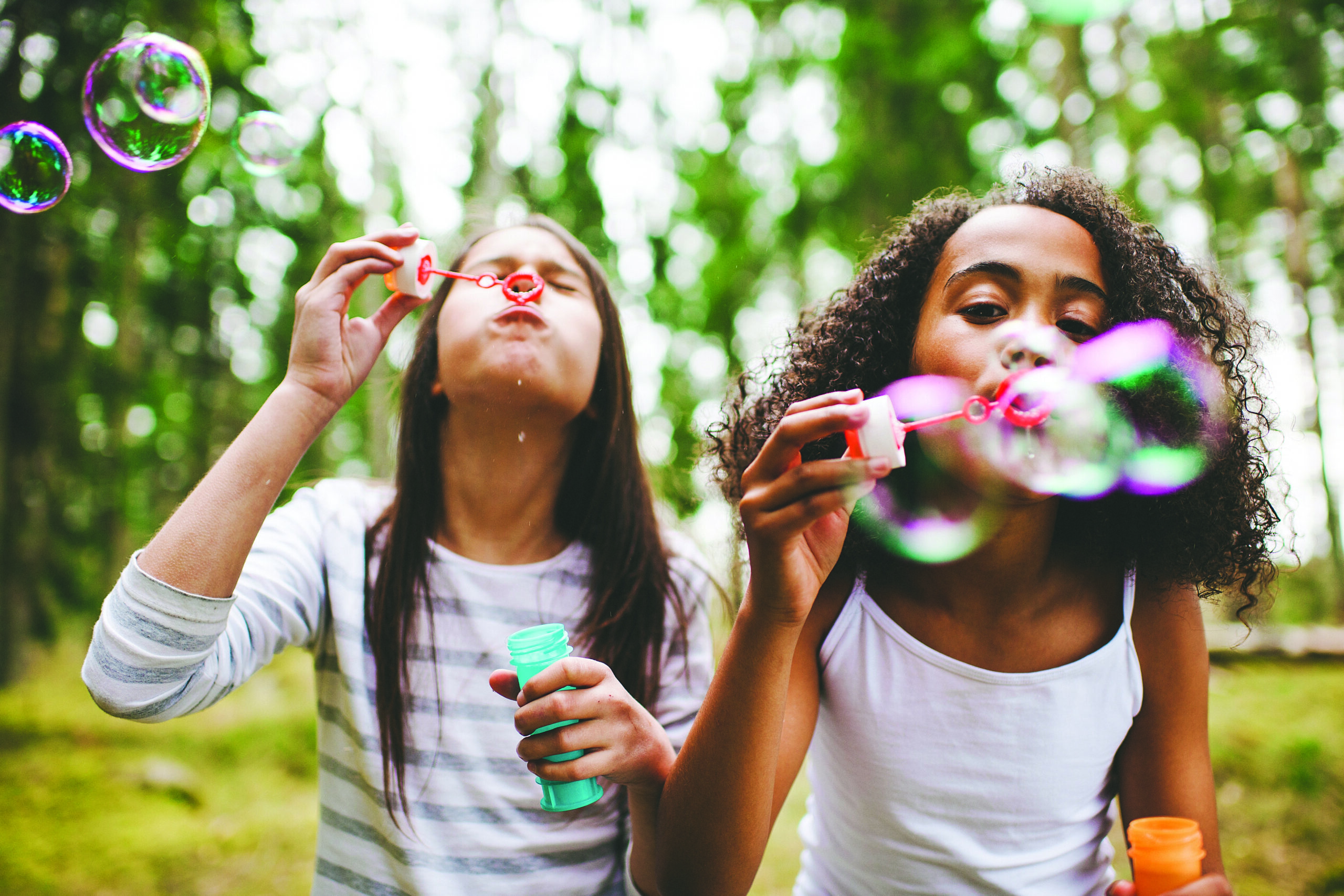

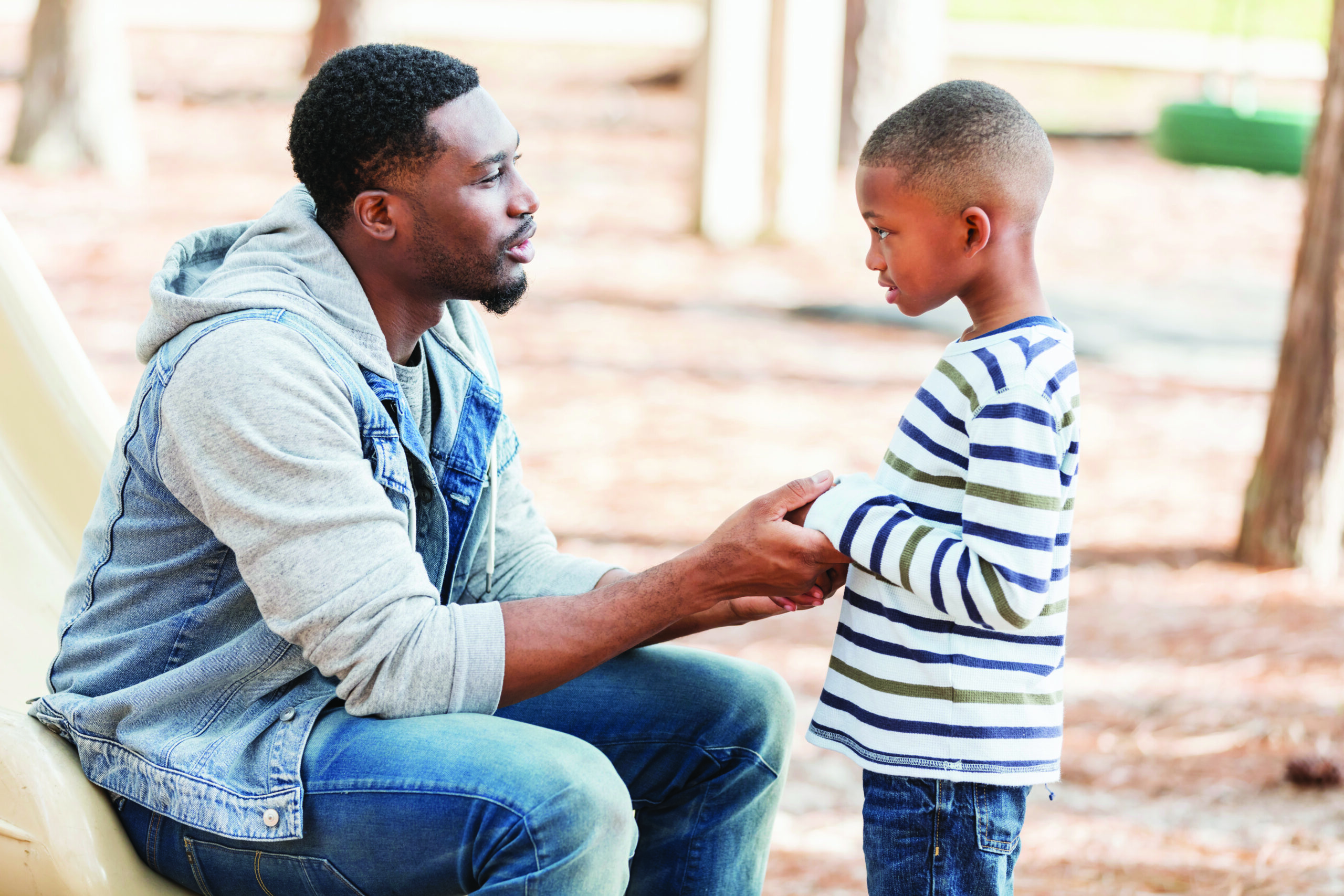
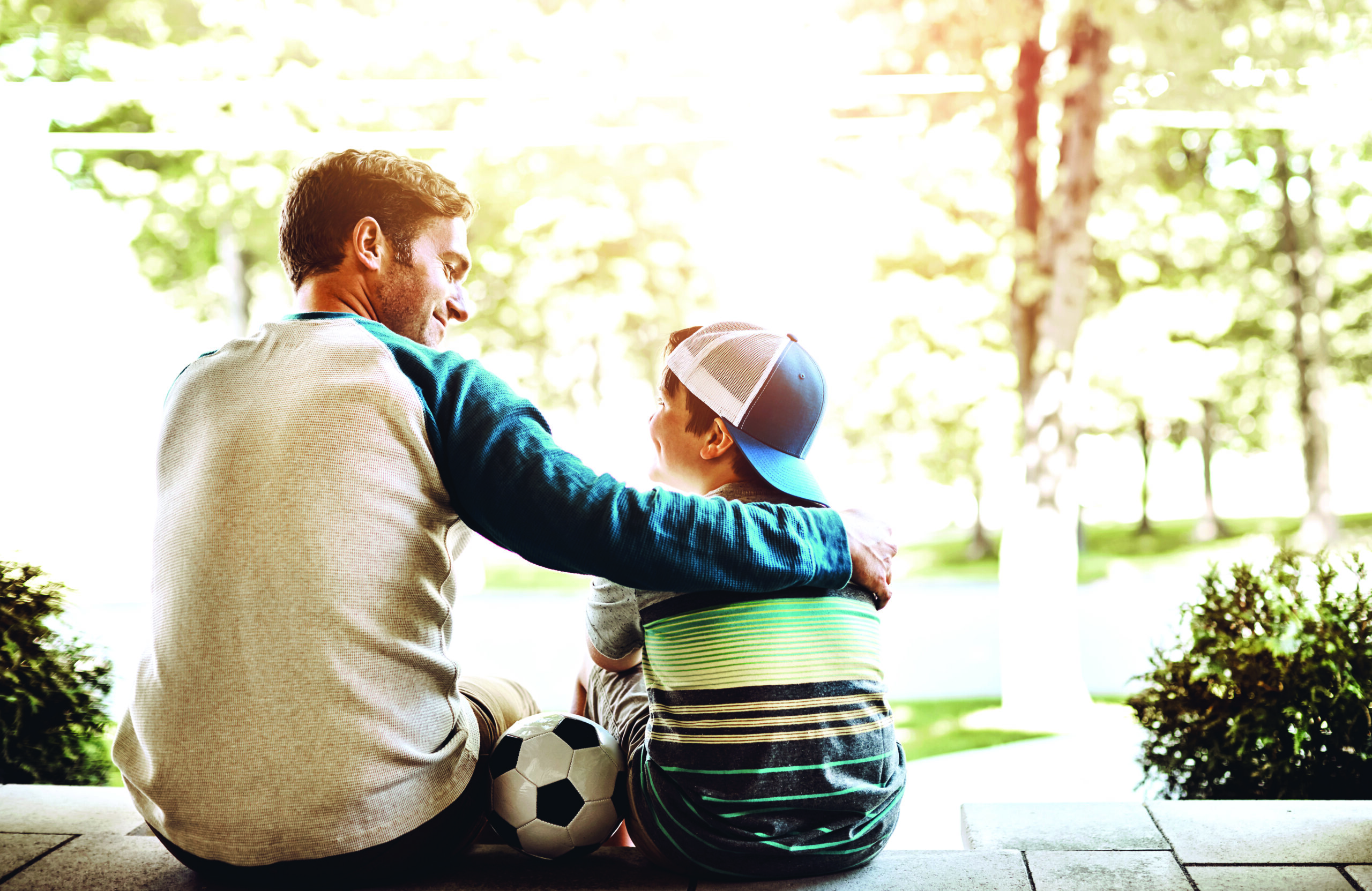
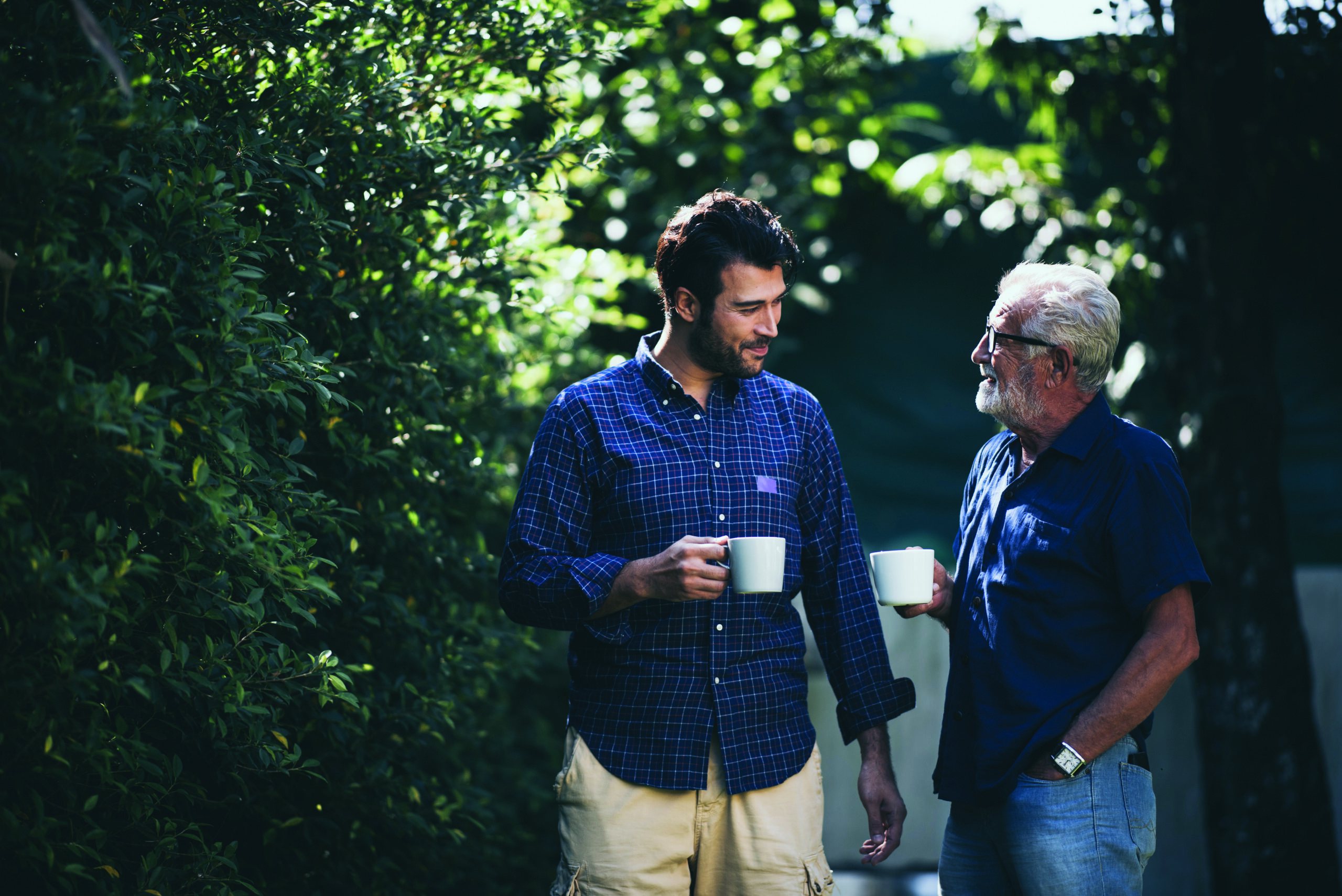
Leave A Comment